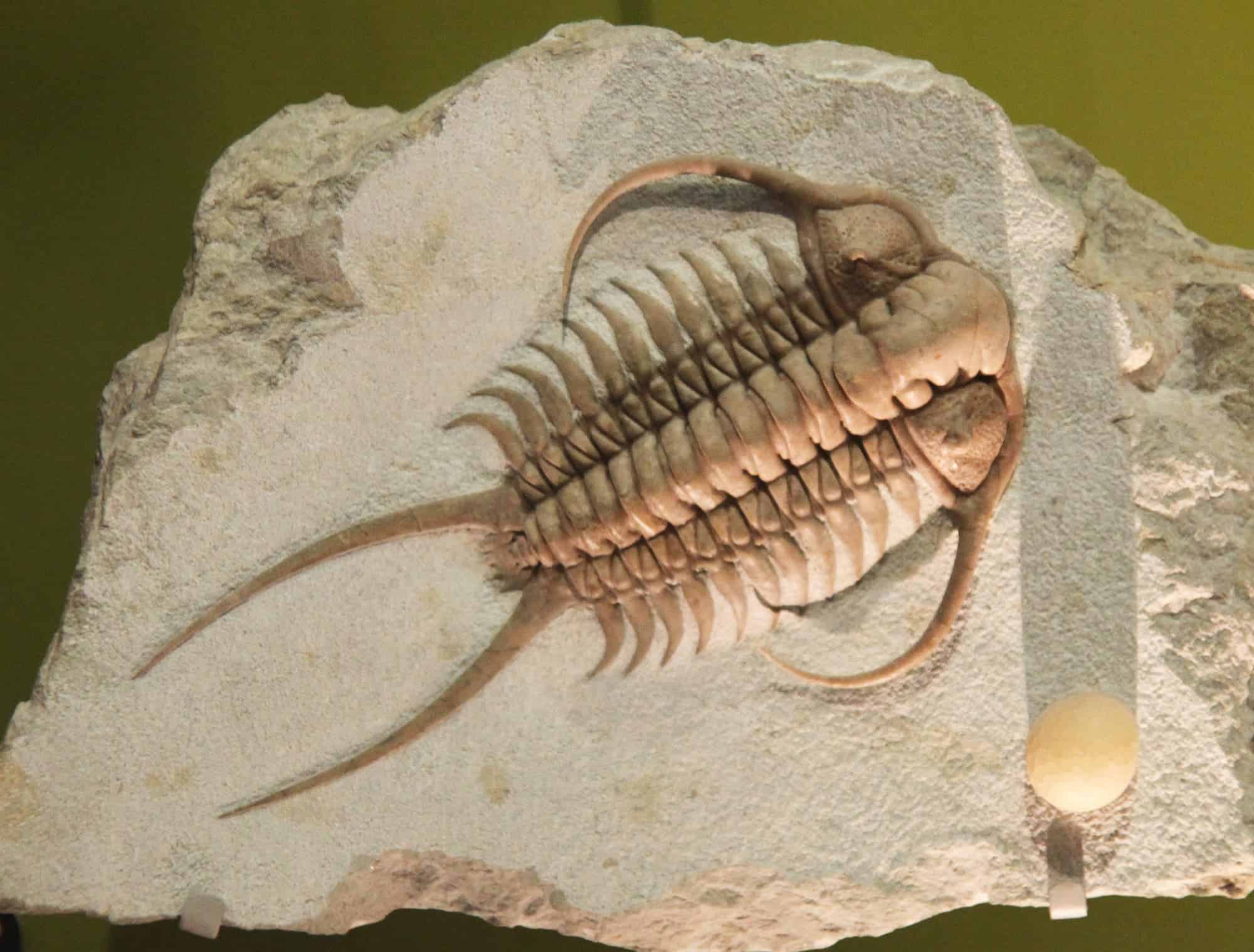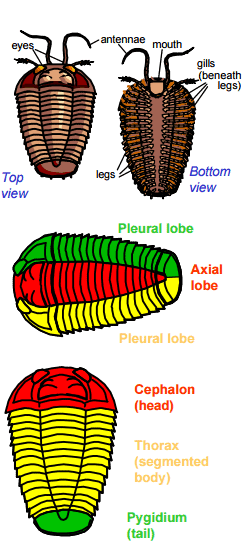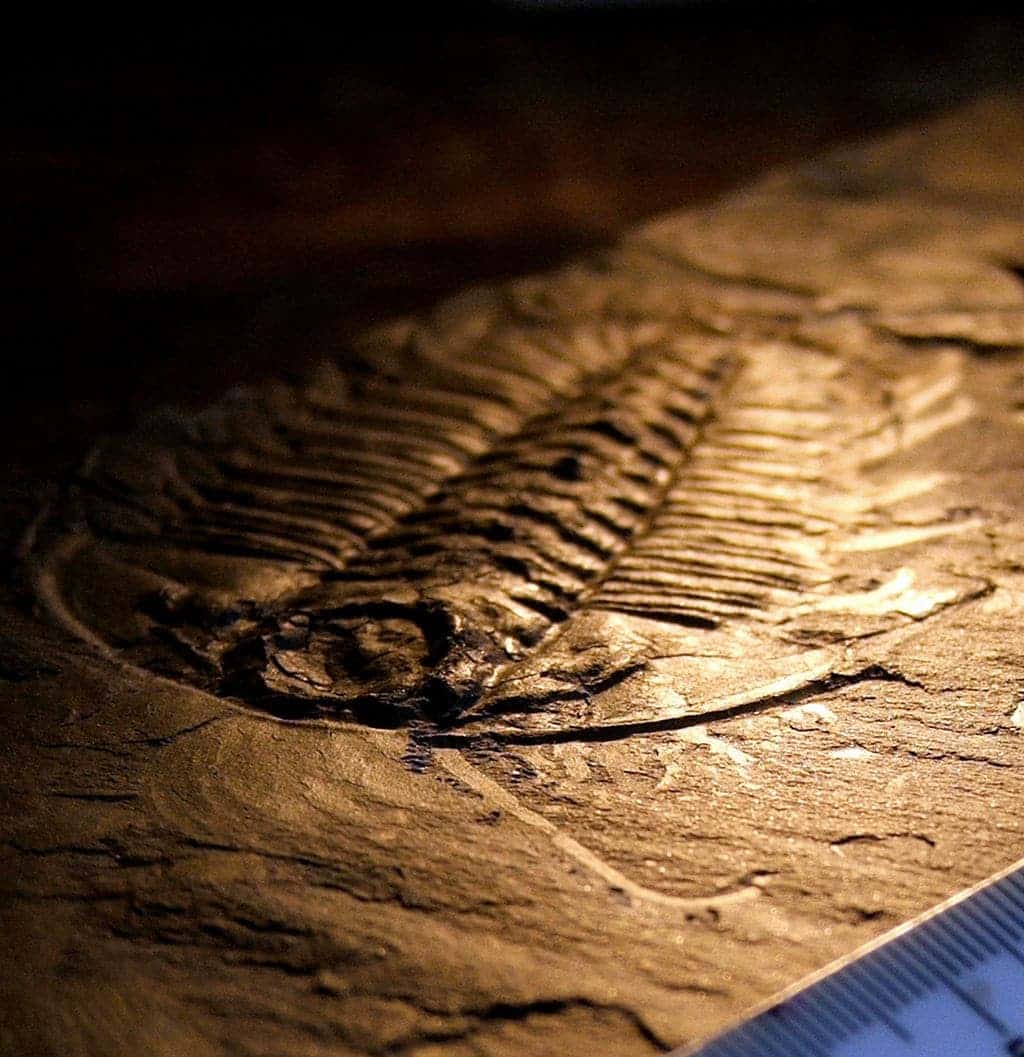Trilobites are extinct now, but they would have been a common occurrence in the oceans some 500 million years ago, during a period called the Paleozoic. . Trilobites were one of the earliest and most successful groups of organisms to populate the ocean floor, and their fossils have been found in rocks all over the world.
In fact, trilobites remained a common marine creature for 250 million years, up until the very end of the Paleozoic, when the age of the dinosaurs became. Although there’s still much to learn about this remarkable group, we’ve learned quite a bit about them thanks to geological research. Here are some of our favorite trilobite facts.

Trilobites formed one of the earliest known groups of arthropods, diversifying and filling many ecological niches; not only are they intriguing creatures in and of themselves, but they can tell us a lot about the way life evolved hundreds of millions of years ago — and they can tell us a lot about how our planet changed over the millions of years.
So without further ado, let’s look at some facts about everyone’s favorite fossil.
- They thrived for almost 300 million years, from the Lower Cambrian (521 million years ago) to the start of the Mesozoic (250 million years ago). That means their period was hundreds of millions of years earlier than the Jurassic, when dinosaurs ruled the Earth.
- Trilobites are extinct arthropods and some of the earliest arthropods we know of. That makes them distant relatives of modern lobsters and spiders.
- They were also extremely diverse. Over 20,000 species of trilobites were described, making them one of the most successful groups to inhabit the Earth.
- They lived in marine waters, although only some of them could actually swim. Many burrowed or crawled around on muddy sea floors, filling an ecological niche that was largely empty before their arrival.
- Trilobites were the first creatures to develop complex eyes. At least some trilobites compound eyes, which allowed them to have 360-degree vision and detect predators and prey.

Erbernochile erbeni eye detail, Large compound eye with “eye-shade”. Photo by Moussa Direc. - Their fossilized remains have been found on every continent on Earth, indicating that they thrived in all regions of the planet and all climates. This is why they’re some of the most common fossils.
- Like many modern arthropods, they were covered with a segmented exoskeleton. They could almost certainly roll up into a ball when threatened and some exoskeletons were covered in spines and bumps for added protection (or perhaps reproductive purposes).
- Also like many modern arthropods, they molted. This means they shed their exoskeleton as they grew; one spectacular, 365 million-year-old fossil find shows a trilobite caught in the act of molting.
- Trilobites lived during a critical time in Earth’s history, known as the Palaeozoic era. Tha Palaeozoic was a time when life on Earth was undergoing rapid evolution and diversification, and many of the animal groups we see today started emerging.
- They greatly varied in size, from less than 1 cm to over 70 cm.
- They’re called ‘trilobites’ because their body could be split into three parts both longitudinally and axially.

Image via University of Kentucky. - There are 10 “Orders” of trilobites comprising over 20,000 recognized species, but there’s still much we don’t know about their distribution.
- Trilobite fossils are so well studied and understood that some species actually serve as a marker for dating geological layers.
- Some trilobite fossils show signs of predation — so something definitely ate them, but we don’t exactly know who.
- They had many different lifestyles: some moved over the seabed as predators, scavengers, or filter feeders, while others swam and fed on plankton.

An exceptionally well preserved Olenoides serratus from the Burgess Shale. The antennae and legs are preserved as reflective carbon film. Photo by Smith609 - Some trilobite species may have developed symbiotic relationships with sulfur-eating bacteria from which they derived food.
- They survived through several extinction events — not really all that surprising, as they were around for almost 300 million years. Still, trilobites maintained a healthy level of diversity all throughout their history before ultimately fading out at the end of the Permian.
- The event that wiped them out, the Permian extinction, wiped out 90% of life on Earth and 95% of all marine species. The event was so catastrophic that it marked the start of a new geological age called the Mesozoic.
- Within the marine paleoenvironment, trilobites were found in a broad range of water depths, from extremely shallow to very deep.
- Most trilobite fossils are actually the remnants of their shed exoskeletons and not the trilobite themselves.

Elrathia kingii growth series with specimens from 16.2mm to 39.8mm. Photo by John Alan Elson - Collecting trilobites has a long history. Trilobite fossils have been found in burial grounds dating back more than 50,000 years.
- The study of Paleozoic trilobites in the Welsh-English borders by Niles Eldredge was important in establishing the theory of evolution.
- Trilobites are the state fossils of Ohio (Isotelus), Wisconsin (Calymene celebra) and Pennsylvania (Phacops rana).
- A trilobite’s cephalon, or head section, shows incredible complexity for the time.
- They had a single pair of antennae and otherwise undifferentiated biramous limbs.
- Lenses of trilobites’ eyes were made of calcite, which is transparent when extremely pure.
- Some species had hundreds of individual lenses in each eye. Despite this, other species were completely blind — likely because they lived too deep for light to reach them.

- They had toothless mouths that faced backward, in front of their legs.
- We’re not really sure where their heart, brain, and liver were situated. Fossils only host direct information about the hard parts of their bodies, and any other information has to be indirectly inferred.
- They were the first animal to curl into a ball.
- They had tridents which they used for sexual combat.
- Trilobites were ultimately wiped out by the largest extinction event in our planet’s history — 250 million years ago, when 90% of all species on earth suddenly perished.
- Researchers are now creating 3D models of trilobite fossils for 3D-printing to enable students that don’t have access to fossils to create their own fossils.






